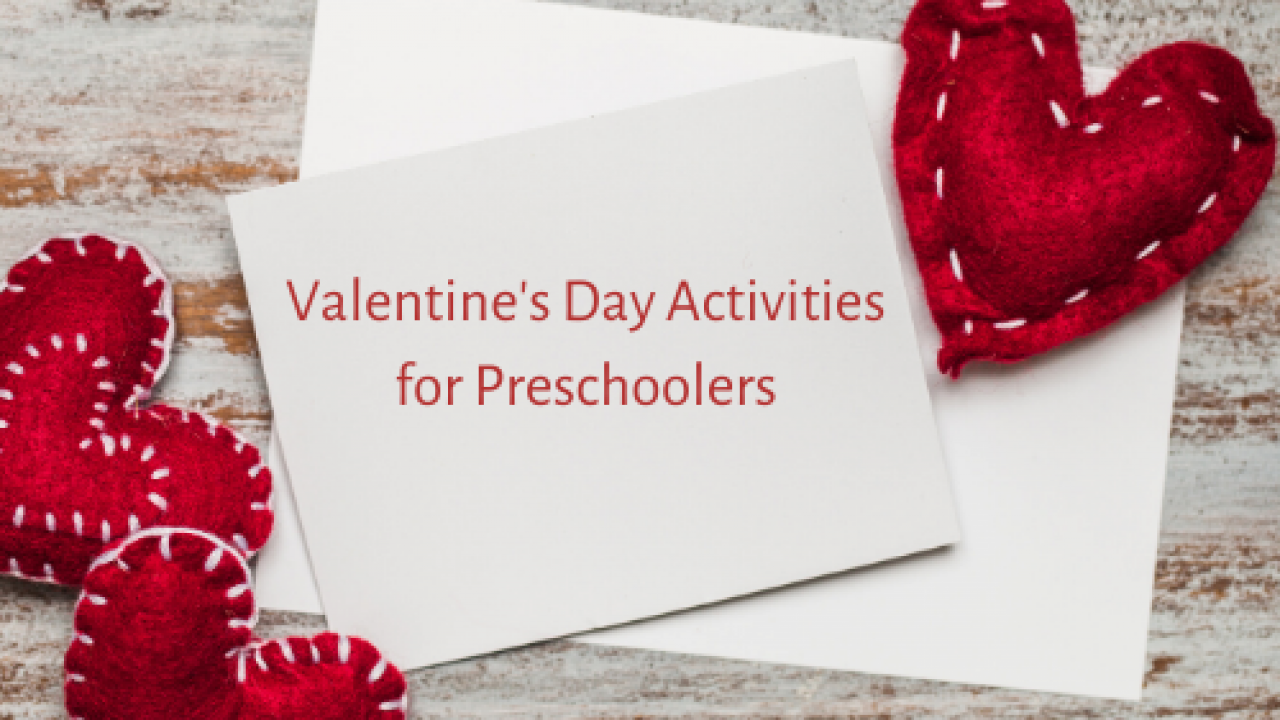
- Blogs
Christmas Activities for Secular & Non-Secular Preschools
Christmas and Easter are two popular holidays that children know about and look forward to. These two celebrations present challenges to public institutions that cannot emphasize the religious nature of these events. Yet everywhere children go they will be reminded about them and become more and more excited.
Below are a few Christmas activities for preschoolers that are non-commercial and/or non-religious.
Christmas Tree Globes: Many families put up and decorate either an artificial or a cut tree. You can use holiday globes/balls to sort by size and color. This sorting activity will help preschoolers learn color names, numbers/counting, and different ways to talk about the size of a set/group.
Bring an assortment of solid colored globes into the classroom. Have your preschoolers take turns picking out a globe and saying what color it is, then have them put it on a large piece of construction paper the same color or put a check-mark on easel paper under that color. Once all the globes have been placed, count those in each group and write that number down. Ask the children which color has the most and which has the least.
Have the children do a similar sort by size – small, medium, large. On a chart make a check under that size. Which size has the most, which has the least?
If you think your students are ready for double/dual classification, help them sort the globes by both color and size at the same time. You can do this using the actual globes or making a chart of 3 sizes by 3 (or 4 or 5) colors. Which groups are the largest/have the most, which are the smallest/have the least?
Lights on My Street: Many people like to decorate the outside of their houses or apartment buildings with strings of lights at Christmas time. Send home a note with your preschoolers asking that an adult or older sibling take a walk down their street to look at the lights with them. Include a simple chart that shows different colors of lights and has a place to make check marks when they are seen. The note should encourage the adult/older sibling to talk about strings of lights. Where do they hang? What color are they? Have the children bring the charts back to the classroom and discuss what the children found. Post the charts after children put their names on them.
Let’s Look at a Nativity Scene: Without the constraints that many public schools face, private schools can teach about the religious nature of Christmas. For Christians this is an especially significant event that recognizes the birth of Jesus Christ. Over time many representations of the nativity have been created and none is more ubiquitous than the Nativity scene, either in the form of a painting or a model. The interesting thing about the model nativity is that they can represent many cultures. You may have a nativity from almost any country that has a Christian following including Mexico, Israel or Africa. They may be carved, ceramic, heavy card stock or plastic. At a minimum a nativity scene will include Mary, Joseph and Baby Jesus. The shepherds and the three kings and shepherds may be added to this core group, along with some animals and the star that the wise men followed.
You may own Nativity scenes from different cultures or you can ask friends and colleagues to loan you theirs for this activity. Ask your preschoolers what they know about the nativity and write their answers on the board. Talk about the different nativities you have brought to the classroom. Ask the children if they can identify the various representations. What do all the nativities have in common (Mary, Joseph and Baby Jesus)? Point to the other models and ask how are they different and the same. Talk about how different cultures/people in different parts of the world represent the nativity. Talk about the kind of medium used. As a final activity, have the children make a drawing of the Nativity either individually or in small groups.
Share This Story:
Related Stories
Easter Activities for Preschoolers (Non-Religious)
March 6, 2020
Blogs
Preschool Valentine’s Day Activities That Go Beyond Exchanging Cards
January 28, 2020
Blogs
Teachers Talk About their Experiences Using ScienceStart!
August 27, 2021
Insights



